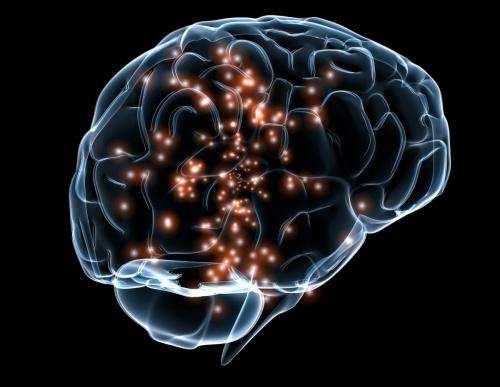
A team of researchers at Stanford University has, for the first time, created three-dimensional organoid models of the human forebrain. In their paper published in the journal Science, the group describes growing the organoids and their uses.
For most of the history of the biological sciences, researchers have had to use test animals to study live brains in action—human brains could not be studied in such ways for ethical reasons. But in recent years, scientists have found a way to grow clumps of cells to serve as stand-ins for human organs, providing a better option. Known as organoids, they are grown using pluripotent stem cells, which can grow into any type of human cell. Researchers use drugs and growth factors to direct them to grow into the type of organ they want to study. In other studies, researchers have grown brain or other neural tissue—in this new effort, the researchers have taken the work further by coaxing stem cells to grow into forebrain organoids—and they are longer lived, allowing the researchers to learn more about brain development.
The organoids are spherical structures that self-organize into models of different parts of the forebrain—the anterior part of the brain that is believed to house our “humanness”—it includes organs such as the epithalamus, thalamus, subthalamus and the hypothalamus. The real organs play a key role in cognitive and sensory processing and motor function.
As part of their work, the researchers also found a way to increase the longevity of the organoids greatly—up to 300 days—enough to watch them develop into more complex structures. The researchers are hoping that such a long growing time will allow for studying brain disease development and perhaps lead toward a way to prevent illnesses from happening.
Source: Read Full Article
